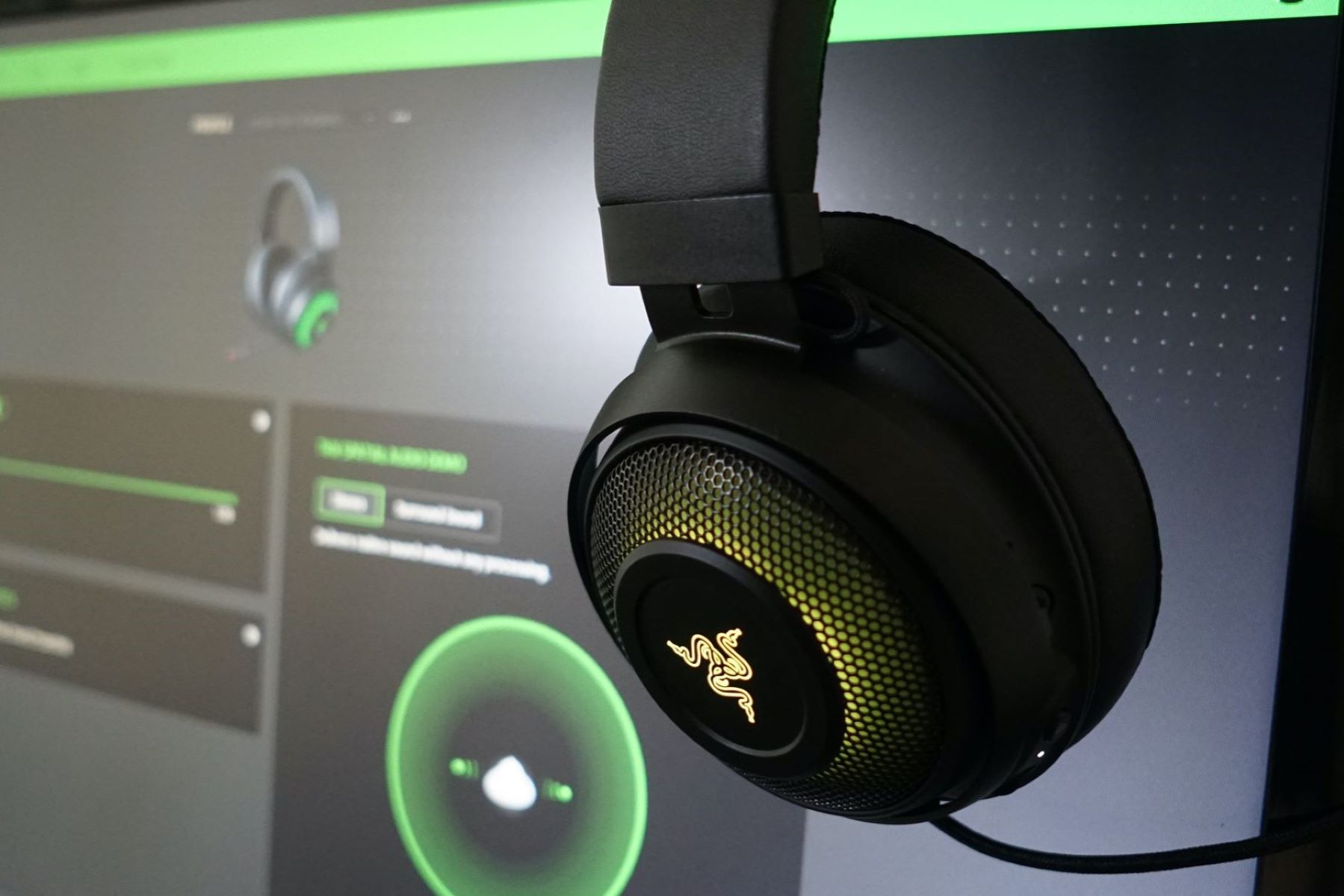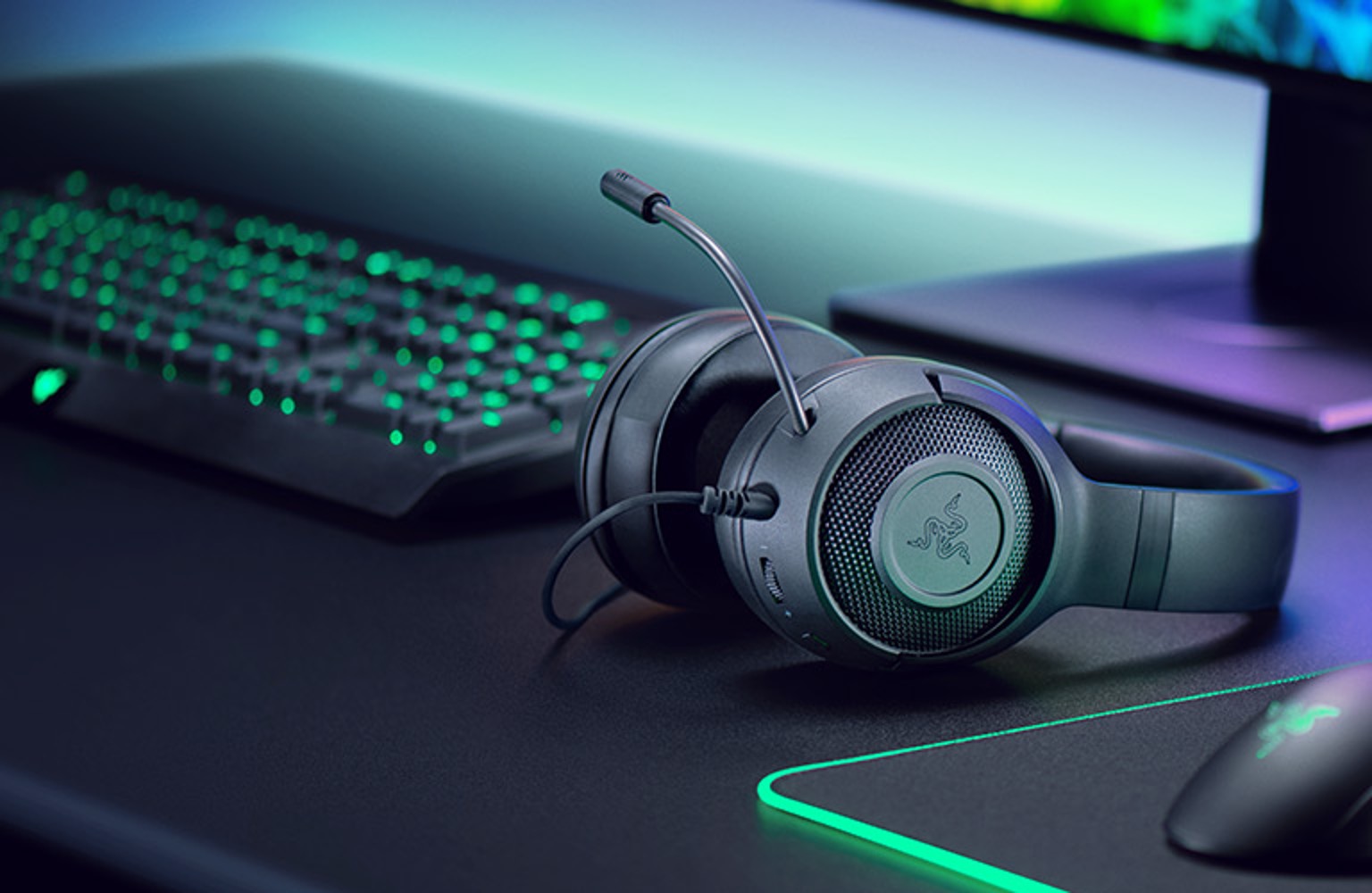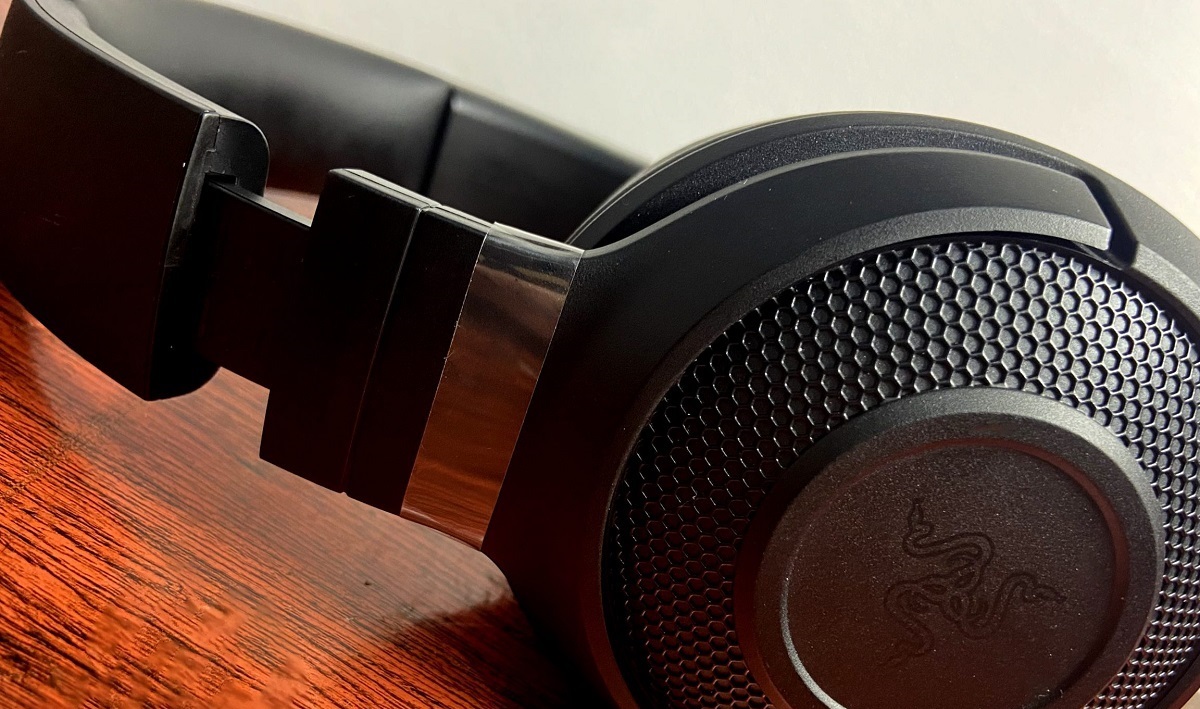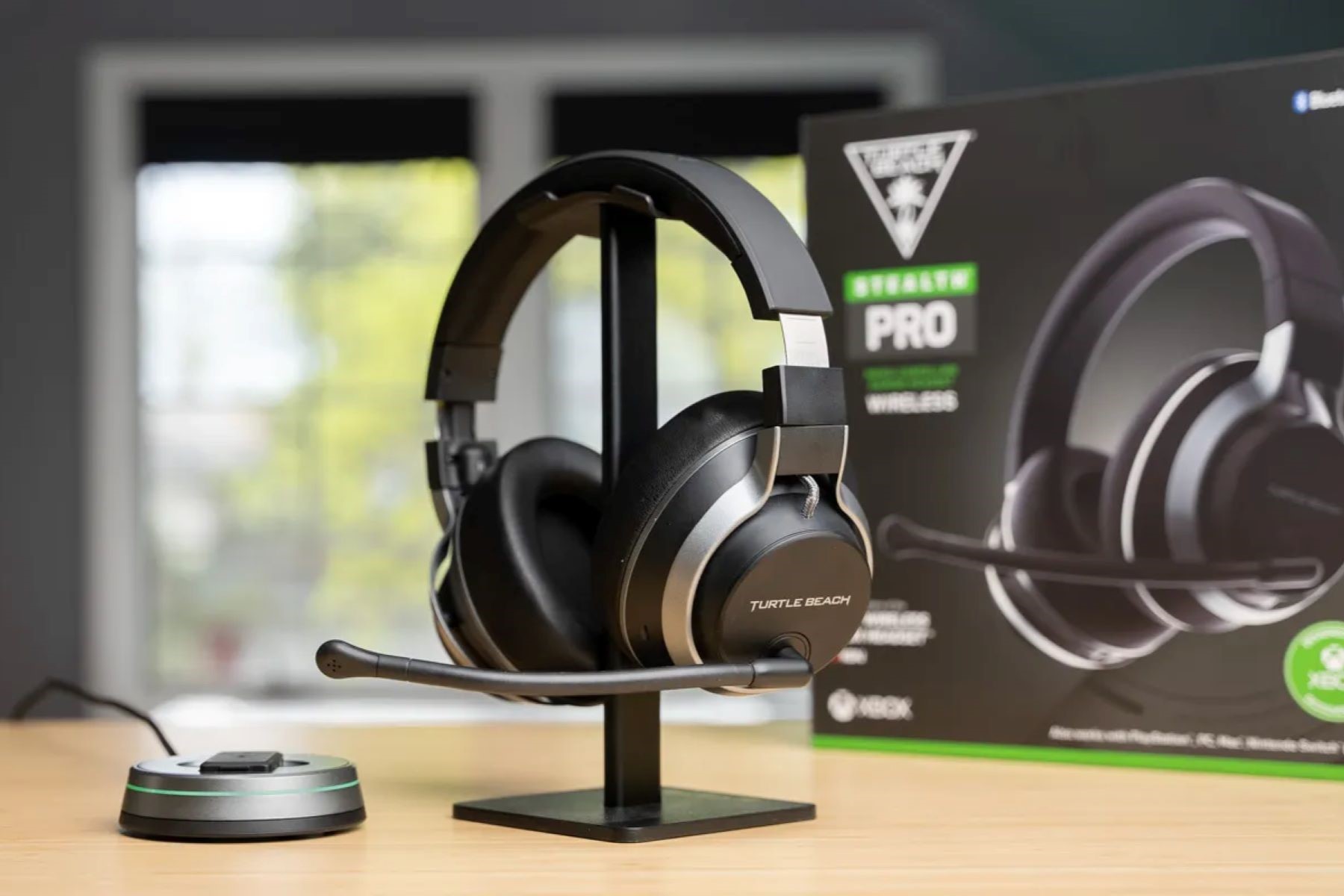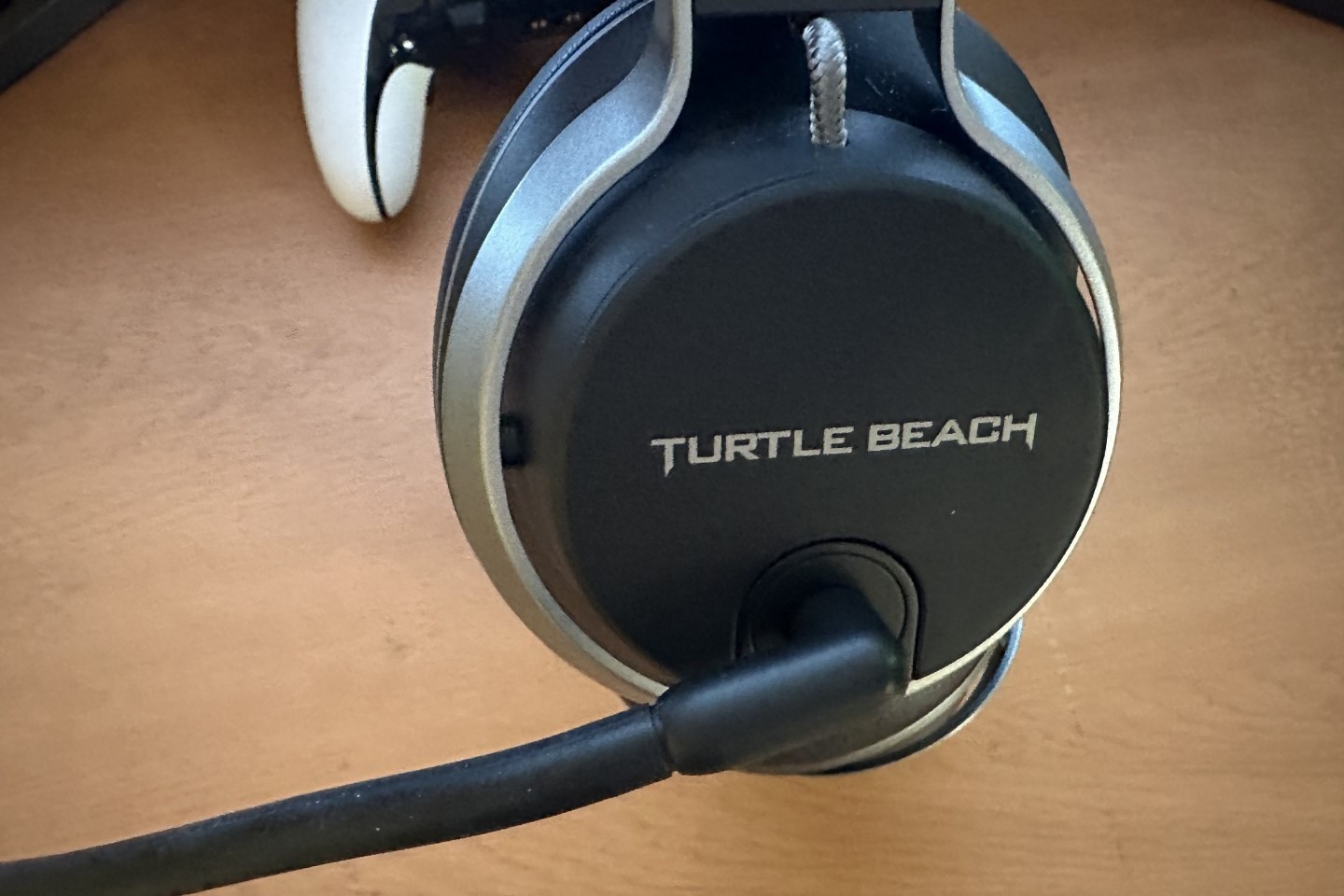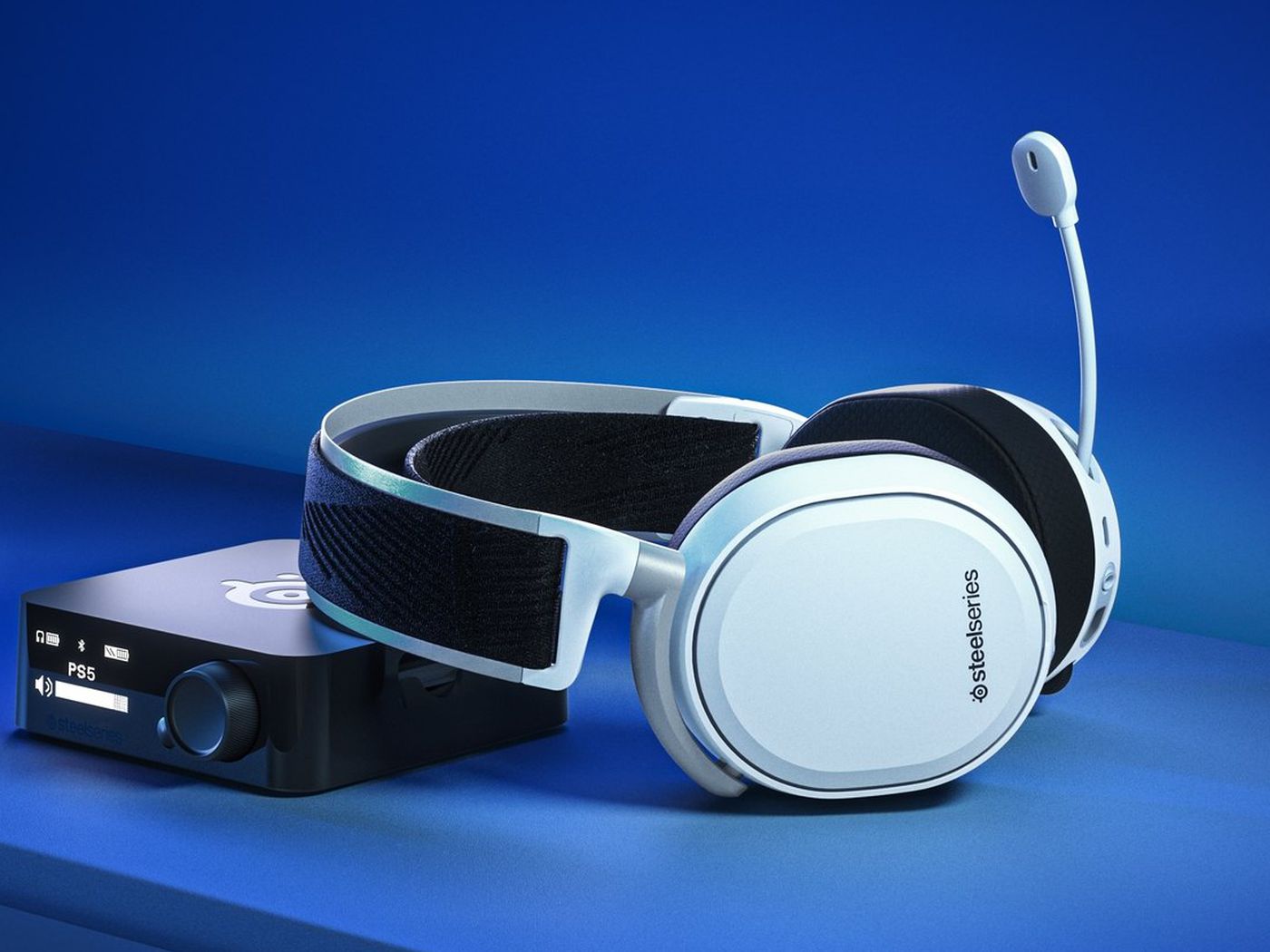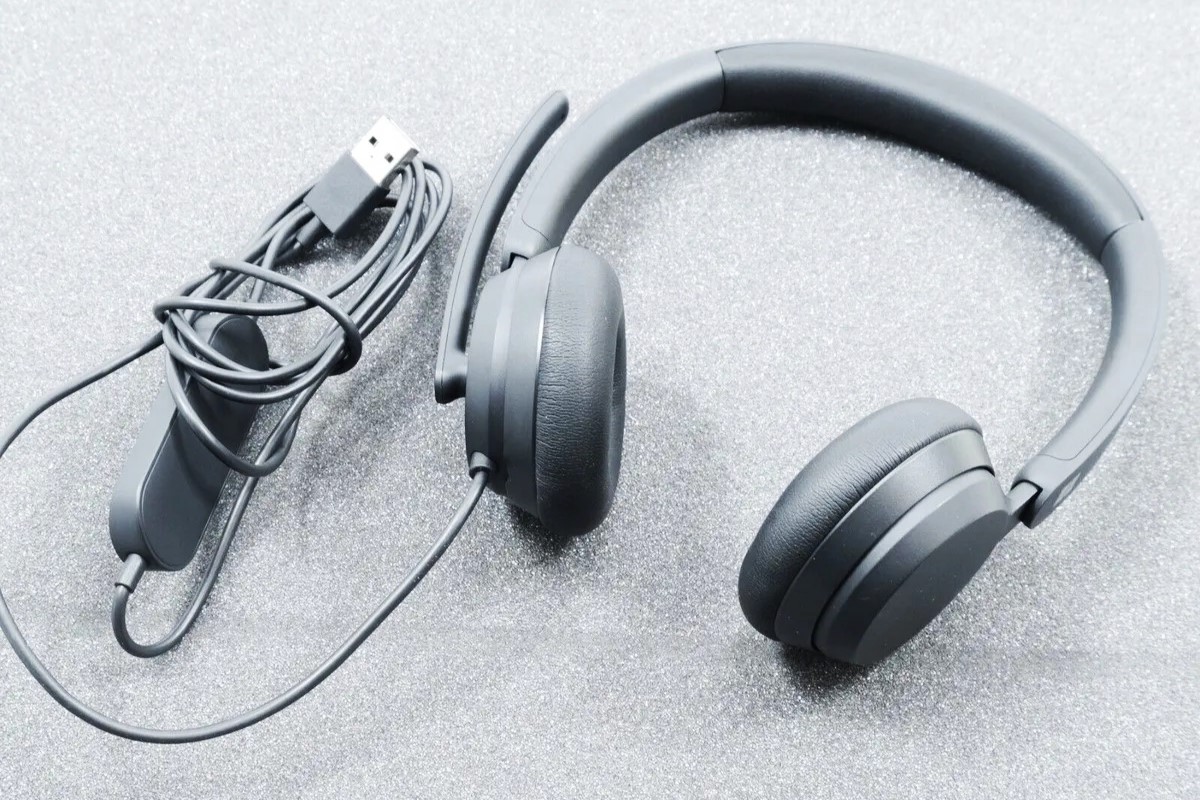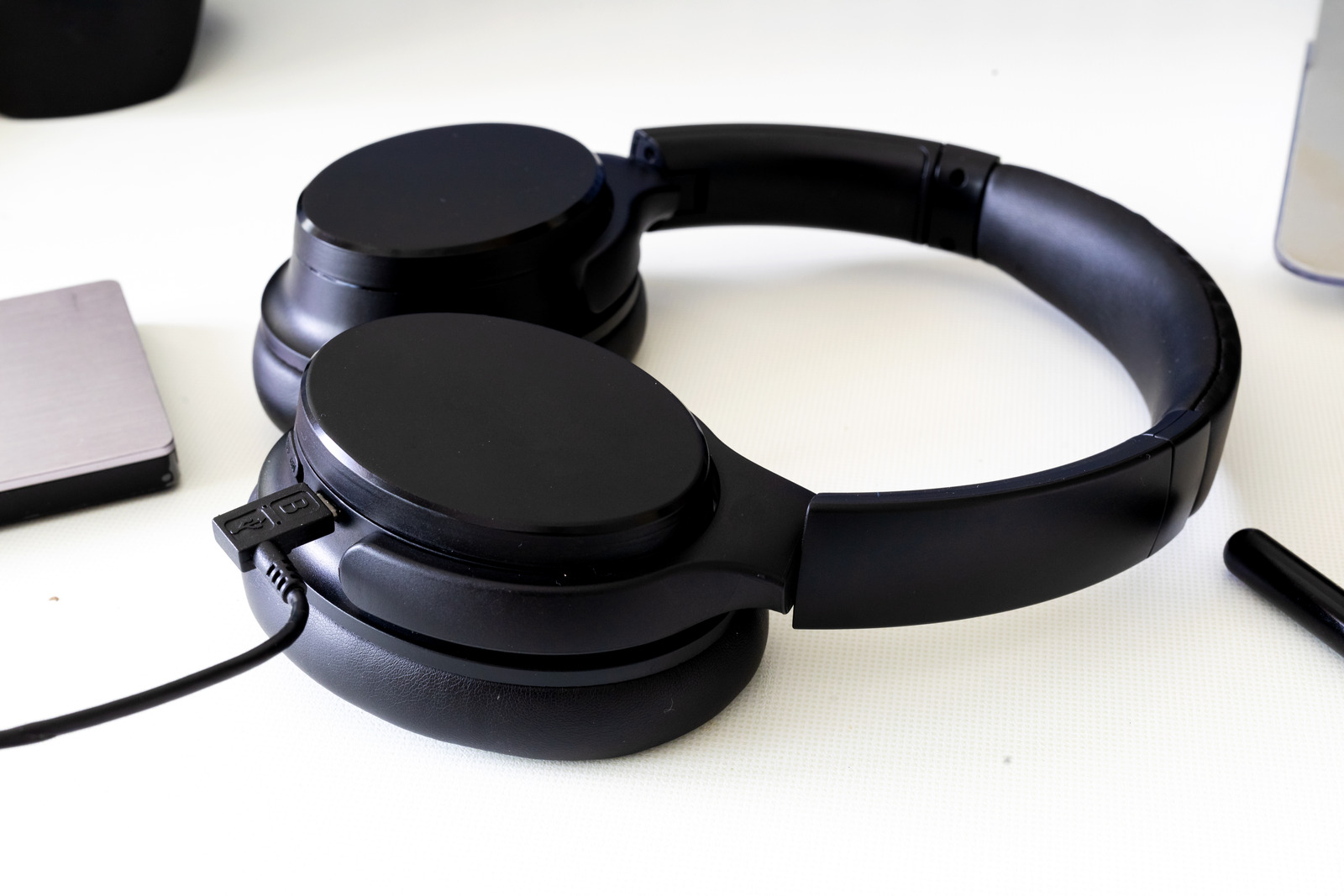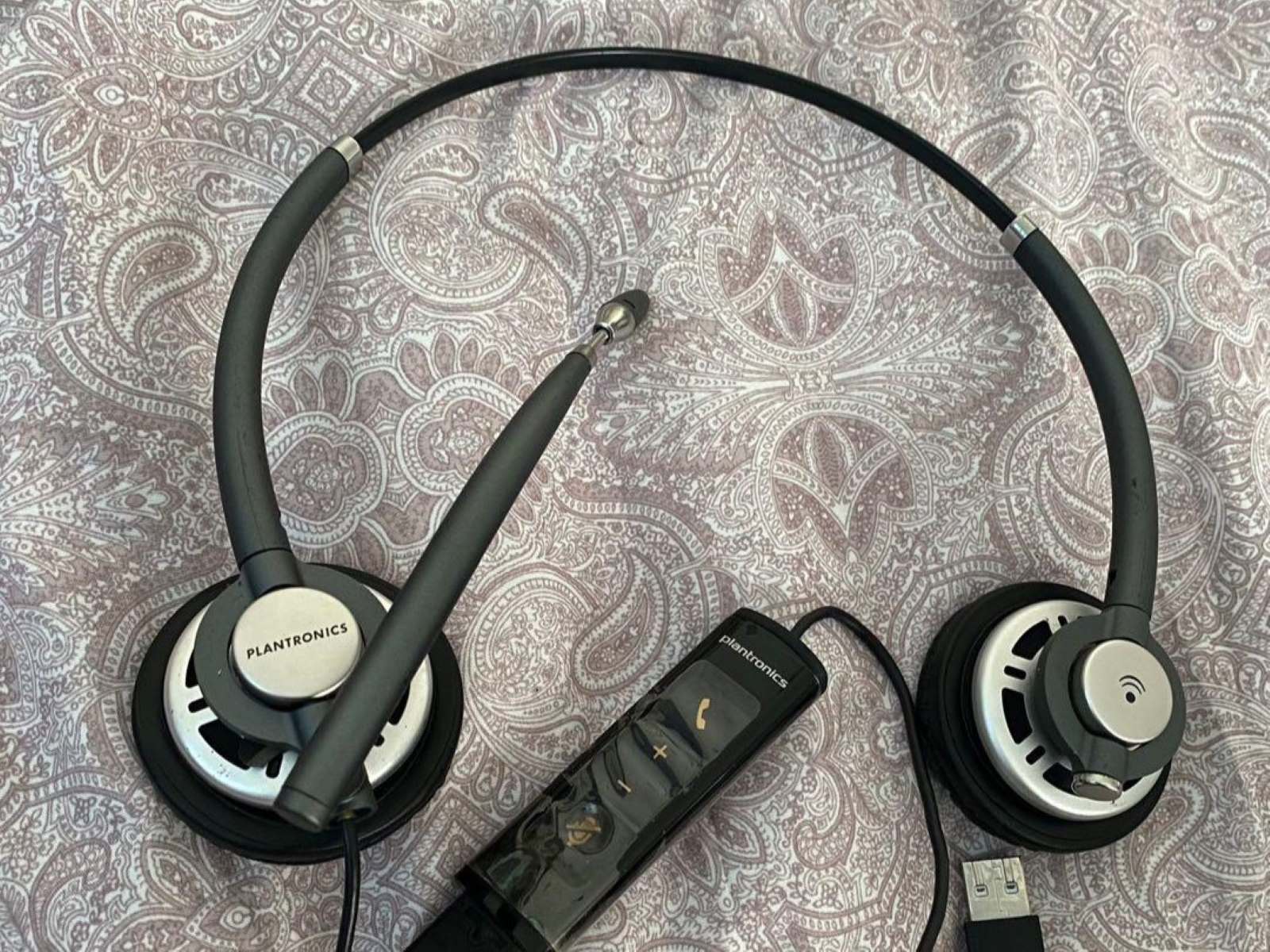Introduction
Razer headsets are renowned for delivering immersive audio experiences, making them a top choice for gamers, content creators, and audio enthusiasts. However, like any electronic device, Razer headsets can encounter various issues that may disrupt the user experience. From sound malfunctions to connectivity problems, troubleshooting these common issues can help users make the most of their Razer headset investment.
In this comprehensive guide, we will delve into the troubleshooting process for prevalent Razer headset woes. Whether you're grappling with sound disruptions, microphone malfunctions, connectivity hiccups, or comfort-related concerns, this article aims to equip you with the knowledge and solutions needed to address these issues effectively. By understanding the root causes and implementing targeted fixes, you can optimize your Razer headset's performance and enjoy uninterrupted audio immersion.
Let's explore the troubleshooting steps for common Razer headset issues, empowering you to overcome these challenges and elevate your overall audio experience. Whether you're a seasoned gamer, a dedicated content creator, or a music enthusiast, addressing these issues will ensure that your Razer headset continues to deliver exceptional audio quality and comfort, enhancing your enjoyment of various multimedia activities.
No Sound
Experiencing a sudden loss of sound while using your Razer headset can be frustrating, especially when you're immersed in a gaming session or enjoying your favorite music. When confronted with this issue, it's essential to troubleshoot the potential causes and implement targeted solutions to restore the audio output.
Common Causes:
1.1. Audio Output Settings:
- Troubleshooting Steps:
- Verify that the audio output settings on your device are configured to route sound through the Razer headset. Access the sound settings on your computer or gaming console and ensure that the Razer headset is selected as the default audio output device.
1.2. Physical Connection Issues:
- Troubleshooting Steps:
- Check the physical connection between the Razer headset and the audio source. Ensure that the audio cable is securely plugged into the headset and the device's audio jack. If using a wireless Razer headset, ensure that the wireless receiver is properly connected to the device and that the headset is within the recommended range.
1.3. Software and Driver Updates:
- Troubleshooting Steps:
- Verify that the Razer Synapse software, if applicable, is up to date. Additionally, check for any available firmware or driver updates for the Razer headset. Keeping the software and drivers current can resolve compatibility issues and ensure optimal performance.
1.4. Volume and Mute Controls:
- Troubleshooting Steps:
- Inspect the volume and mute controls on the Razer headset. Ensure that the volume is turned up to an audible level and that the headset is not muted. Some Razer headsets feature inline volume controls or a mute switch, so check these components for any potential issues.
Solutions:
Upon identifying the potential causes of the sound loss, the following solutions can be implemented to address the issue effectively:
-
Adjust Audio Settings:
- Navigate to the audio settings on your device and confirm that the Razer headset is selected as the default audio output device. Make any necessary adjustments to ensure that sound is routed through the headset.
-
Check Physical Connections:
- If using a wired Razer headset, inspect the audio cable for any damage or wear. Reconnect the cable to both the headset and the audio source to ensure a secure connection. For wireless headsets, check the wireless receiver and the device's connectivity settings.
-
Update Software and Drivers:
- Visit the Razer support website to download and install the latest Razer Synapse software, firmware, and driver updates for your specific headset model. This can resolve software-related issues that may be causing the sound loss.
-
Verify Volume and Mute Controls:
- Confirm that the volume controls on the Razer headset are adjusted to an audible level. If the headset features a mute switch, ensure that it is not engaged. Test the headset with different audio sources to confirm the restoration of sound.
By systematically addressing these potential causes and implementing the corresponding solutions, users can effectively troubleshoot the "no sound" issue with their Razer headset, restoring the audio output and resuming their immersive audio experiences.
This comprehensive approach to troubleshooting empowers users to overcome common sound-related challenges, ensuring that their Razer headset continues to deliver exceptional audio performance across various multimedia activities.
Microphone Not Working
Encountering issues with the microphone on your Razer headset can hinder your ability to communicate clearly during gaming sessions, virtual meetings, or content creation endeavors. When the microphone fails to function as intended, troubleshooting the potential causes and implementing targeted solutions is crucial to restore its functionality.
Common Causes:
2.1. Microphone Input Settings:
- Troubleshooting Steps:
- Verify that the microphone input settings on your device are configured to recognize the Razer headset's microphone. Access the audio input settings and ensure that the headset's microphone is selected as the default recording device.
2.2. Physical Connection Issues:
- Troubleshooting Steps:
- Check the physical connection of the Razer headset's microphone. If using a wired headset, ensure that the microphone's audio cable is securely plugged into the device's microphone input. For wireless headsets, ensure that the wireless receiver is properly connected and within the recommended range.
2.3. Software and Driver Updates:
- Troubleshooting Steps:
- Verify that the Razer Synapse software, if applicable, is up to date. Additionally, check for any available firmware or driver updates for the Razer headset. Keeping the software and drivers current can resolve compatibility issues affecting the microphone.
2.4. Microphone Mute and Sensitivity Settings:
- Troubleshooting Steps:
- Inspect the microphone mute and sensitivity settings on the Razer headset. Ensure that the microphone is not muted and that the sensitivity levels are appropriately configured for clear audio capture.
Solutions:
Upon identifying the potential causes of the microphone malfunction, the following solutions can be implemented to address the issue effectively:
-
Adjust Microphone Input Settings:
- Navigate to the audio input settings on your device and confirm that the Razer headset's microphone is selected as the default recording device. Make any necessary adjustments to ensure that the microphone is recognized and enabled for use.
-
Check Physical Connections:
- If using a wired Razer headset, inspect the microphone's audio cable for any damage or wear. Reconnect the cable to the device's microphone input to ensure a secure connection. For wireless headsets, ensure proper connectivity between the wireless receiver and the device.
-
Update Software and Drivers:
- Visit the Razer support website to download and install the latest Razer Synapse software, firmware, and driver updates specific to your headset model. This can resolve software-related issues affecting the microphone's functionality.
-
Verify Microphone Settings:
- Confirm that the microphone is not muted and that the sensitivity settings are appropriately adjusted for clear audio capture. Test the microphone with various applications to ensure its proper functionality.
By systematically addressing these potential causes and implementing the corresponding solutions, users can effectively troubleshoot the "microphone not working" issue with their Razer headset, restoring clear audio communication and enhancing their overall user experience.
This comprehensive approach to troubleshooting empowers users to overcome common microphone-related challenges, ensuring that their Razer headset continues to deliver exceptional audio performance and communication capabilities across various activities.
Poor Audio Quality
Encountering poor audio quality while using a Razer headset can significantly detract from the immersive and high-fidelity audio experience that users expect. When faced with this issue, it's essential to identify the potential factors contributing to the diminished audio quality and implement targeted solutions to restore clear, crisp, and impactful sound reproduction.
Common Causes:
3.1. Audio Source Compatibility:
- Troubleshooting Steps:
- Ensure that the audio source, whether it's a computer, gaming console, or mobile device, is compatible with the Razer headset. Some devices may have specific audio output requirements or limitations that can affect the headset's performance.
3.2. Audio Settings and Equalization:
- Troubleshooting Steps:
- Check the audio settings on the device and within any associated software, such as Razer Synapse. Verify that the equalization settings are optimized for the Razer headset, as improper audio equalization can lead to distorted sound and imbalanced frequencies.
3.3. Driver and Firmware Compatibility:
- Troubleshooting Steps:
- Ensure that the device's operating system, as well as the Razer Synapse software, is updated to the latest versions. Additionally, check for any available firmware or driver updates specific to the Razer headset model to address compatibility issues that may impact audio quality.
3.4. Audio Cable Integrity (For Wired Headsets):
- Troubleshooting Steps:
- Inspect the audio cable for any signs of wear, fraying, or damage that could compromise the transmission of audio signals. A faulty or damaged cable can introduce static, interference, or audio dropout, leading to poor audio quality.
Solutions:
Upon identifying the potential causes contributing to poor audio quality, implementing the following solutions can help address the issue effectively:
-
Verify Audio Source Compatibility:
- Ensure that the audio source is compatible with the Razer headset, and if necessary, consult the device's user manual or support resources to confirm optimal audio output settings.
-
Optimize Audio Settings and Equalization:
- Access the audio settings on the device and within the Razer Synapse software to fine-tune the equalization and audio enhancement features. Adjusting the settings to suit the Razer headset's audio profile can significantly improve overall sound quality.
-
Update Drivers and Firmware:
- Visit the Razer support website to download and install the latest firmware and driver updates tailored to the specific Razer headset model. Keeping the software and firmware current can resolve compatibility issues and enhance audio performance.
-
Check Audio Cable Integrity (For Wired Headsets):
- Inspect the audio cable for any physical damage and replace it if necessary. A high-quality, undamaged audio cable is essential for maintaining clear and consistent audio transmission.
By systematically addressing these potential causes and implementing the corresponding solutions, users can effectively troubleshoot poor audio quality issues with their Razer headset, restoring an exceptional audio experience across various multimedia activities. This comprehensive approach empowers users to optimize their Razer headset's performance, ensuring that they can fully immerse themselves in high-quality audio content without compromise.
Connectivity Issues
Experiencing connectivity issues with a Razer headset can disrupt the seamless audio experience and hinder users' ability to engage in gaming, communication, or multimedia content consumption. When confronted with connectivity challenges, it's crucial to understand the potential factors contributing to the issue and implement targeted solutions to restore stable and reliable connections.
Common Causes:
4.1. Wireless Interference:
Wireless Razer headsets may encounter connectivity issues due to interference from other wireless devices or environmental factors. Signal interference from nearby electronic devices, such as routers, Bluetooth devices, or cordless phones, can disrupt the headset's wireless connection, leading to intermittent audio dropouts or disconnections.
4.2. Outdated Firmware or Drivers:
Outdated firmware or drivers for the Razer headset and the associated wireless receiver or USB dongle can contribute to connectivity issues. Compatibility issues arising from outdated software can lead to unstable connections and hinder the seamless transmission of audio signals between the headset and the connected device.
4.3. Range Limitations:
Wireless Razer headsets operate within a specified range from the wireless receiver or USB dongle. Exceeding the recommended range can result in connectivity issues, signal degradation, or complete disconnections. Users may experience connectivity disruptions when moving too far from the source device.
4.4. Physical Obstructions:
Physical obstructions, such as walls, furniture, or other objects, can impede the wireless signal transmission between the Razer headset and the wireless receiver or USB dongle. These obstructions can weaken the signal strength and lead to connectivity issues, especially in environments with complex layouts or barriers.
Solutions:
Upon identifying the potential causes of connectivity issues, implementing the following solutions can help address the problem effectively:
-
Minimize Wireless Interference:
Identify and relocate potential sources of wireless interference, such as routers or other electronic devices, to reduce signal conflicts. Additionally, reposition the wireless receiver or USB dongle in a location with minimal interference to optimize the headset's connectivity. -
Update Firmware and Drivers:
Visit the Razer support website to download and install the latest firmware and driver updates for the Razer headset and the associated wireless receiver or USB dongle. Keeping the software components current can resolve compatibility issues and enhance the headset's connectivity stability. -
Optimize Operating Range:
Stay within the recommended operating range specified for the wireless Razer headset. Avoid moving too far from the source device to maintain a stable connection and prevent signal degradation or disconnections. -
Clear Physical Obstructions:
Rearrange the layout of the environment to minimize physical obstructions that may hinder wireless signal transmission. Position the wireless receiver or USB dongle in a clear line of sight with the Razer headset to ensure unhindered connectivity.
By systematically addressing these potential causes and implementing the corresponding solutions, users can effectively troubleshoot connectivity issues with their Razer headset, restoring stable and reliable wireless connections. This comprehensive approach empowers users to optimize their Razer headset's performance, ensuring uninterrupted audio experiences across various activities.
Comfort and Fit
Ensuring comfort and a proper fit is essential for extended usage of Razer headsets, especially during prolonged gaming sessions or content creation endeavors. The comfort and fit of a headset can significantly impact the overall user experience, influencing factors such as wearability, audio immersion, and long-term usability.
Common Considerations:
5.1. Ergonomic Design:
Razer headsets are meticulously designed with ergonomic considerations to provide a comfortable fit for a wide range of users. The padding on the ear cups and headband, as well as the overall weight distribution, contribute to the headset's comfort during extended use.
5.2. Adjustability and Customization:
Many Razer headsets feature adjustable components, such as headband length and swiveling ear cups, allowing users to customize the fit according to their preferences. Proper adjustment ensures a secure and comfortable fit, preventing unnecessary pressure points or slippage.
5.3. Breathable Materials:
The materials used in the construction of Razer headsets play a crucial role in comfort. Breathable and moisture-wicking fabrics can enhance comfort during prolonged use, preventing heat buildup and discomfort.
5.4. Weight Distribution:
Effective weight distribution across the headband and ear cups helps minimize strain on the user's head and ears. Balanced weight distribution contributes to long-term comfort and reduces the likelihood of fatigue during extended wear.
Solutions:
5.1. Proper Adjustment:
Users should take the time to adjust the headband and ear cups to achieve an optimal fit. Ensuring that the headset sits securely and comfortably on the head can enhance the overall user experience.
5.2. Break-in Period:
New Razer headsets may require a break-in period to conform to the user's head shape and provide maximum comfort. Regular usage allows the headset's padding and materials to adapt to the user's unique contours.
5.3. Regular Cleaning and Maintenance:
Maintaining the cleanliness of the headset's ear cushions and headband padding is essential for long-term comfort. Regular cleaning can prevent the buildup of dirt and oils, preserving the headset's comfort and hygiene.
5.4. Consider Additional Accessories:
Users can explore additional accessories, such as aftermarket ear cushions or headband padding, to further customize the comfort and fit of their Razer headset. These accessories can cater to specific comfort preferences and enhance the overall wearability of the headset.
Ensuring optimal comfort and fit enhances the overall user experience, allowing individuals to fully immerse themselves in their audio activities without discomfort or distraction. By prioritizing comfort and implementing the suggested solutions, users can maximize their enjoyment of Razer headsets across various applications, from gaming marathons to content creation endeavors.
Conclusion
In conclusion, troubleshooting common issues with Razer headsets is essential for maintaining a seamless and immersive audio experience across various multimedia activities. By addressing prevalent challenges such as sound disruptions, microphone malfunctions, connectivity issues, poor audio quality, and comfort-related concerns, users can optimize their Razer headset's performance and ensure uninterrupted audio enjoyment.
Through a systematic approach to troubleshooting, users can identify the root causes of these issues and implement targeted solutions to restore their Razer headset's functionality. Whether adjusting audio settings, updating software and drivers, optimizing wireless connectivity, or prioritizing comfort and fit, the troubleshooting process empowers users to overcome obstacles and fully leverage the capabilities of their Razer headsets.
Furthermore, the comprehensive solutions presented in this guide cater to a diverse range of user preferences and usage scenarios. Whether engaging in intense gaming sessions, participating in virtual meetings, creating content, or simply enjoying music, the ability to troubleshoot and resolve common Razer headset issues is invaluable for maintaining a consistent and high-quality audio experience.
By understanding the importance of comfort and fit, users can also enhance their long-term satisfaction with their Razer headsets, ensuring that wearability and ergonomic considerations are prioritized for extended usage.
Overall, the troubleshooting process outlined in this guide equips users with the knowledge and strategies needed to address common Razer headset issues effectively. By implementing these solutions, users can elevate their audio experiences, maximize the utility of their Razer headsets, and immerse themselves in high-fidelity sound across a myriad of multimedia activities.







